Table of Contents
What Is First Mile Delivery? A Complete Guide for Ecommerce Logistics
Time: Jul 02,2025 Author: SFC Source: www.sendfromchina.com
Behind every successful delivery lies a well-orchestrated process that begins with the first mile. This initial step involves transporting goods from the point of origin to distribution hubs, setting the stage for subsequent delivery phases. Despite its critical role, first mile delivery often doesn't receive the attention it deserves. This article aims to shed light on this foundational component of logistics, exploring its role in ecommerce fulfillment and contrasting it with last mile delivery.
1. What Is First Mile Delivery?
First mile delivery marks the commencement of a product's journey within the supply chain. It involves the movement of goods from their point of origin—such as a manufacturer's facility, supplier's warehouse, or an e-commerce merchant's stockroom—to the next node in the logistics network, typically a distribution center or fulfillment center.The specifics of first mile delivery can vary across different business models:
- Manufacturers: For manufacturers, first mile delivery entails transporting finished goods from production facilities to distribution centers or warehouses.
- Retailers: Retailers often engage in first mile delivery by moving products from suppliers' warehouses to their own stores or distribution centers.
- E-commerce Businesses: In the e-commerce sector, first mile delivery involves transferring inventory from a supplier's facility to an e-commerce warehouse or multiple fulfillment centers.
This initial phase is critical as it sets the foundation for the subsequent stages of the supply chain. Efficient first mile delivery ensures that products are correctly positioned for timely distribution, directly impacting inventory management, shipping costs, and customer satisfaction.
2. Why First Mile Delivery Matters
First mile delivery, the initial phase of the supply chain, is pivotal in setting the tone for the entire logistics process. Its efficiency directly influences operational costs, inventory management, and customer satisfaction.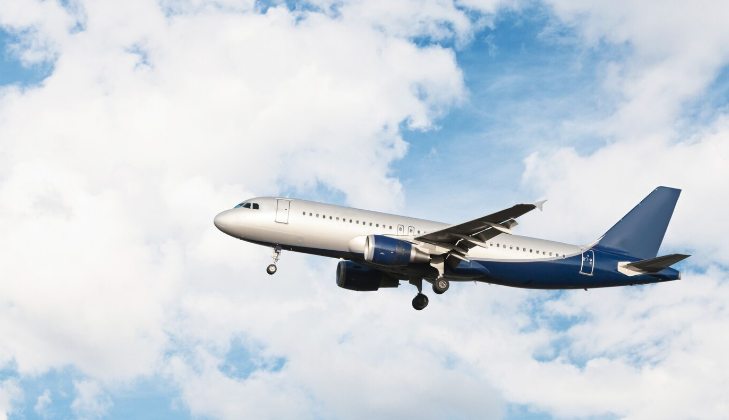
Foundation for Supply Chain Efficiency
The first mile establishes the groundwork for subsequent logistics stages. Delays or errors here can cascade, disrupting the entire supply chain and affecting delivery timelines.Cost Implications
Inefficient first mile processes can lead to increased operational costs due to expedited shipping needs, inventory holding costs, and potential loss of sales.Inventory Management and Demand Forecasting
Accurate and timely first mile deliveries are crucial for effective inventory management. They enable businesses to maintain optimal stock levels, reducing the risk of stockouts or overstocking, and facilitate better demand forecasting.Enhancing Customer Satisfaction
While customers may not directly observe first mile operations, inefficiencies can lead to delayed deliveries, impacting customer satisfaction and brand reputation.Environmental Considerations
Optimizing first mile logistics can contribute to environmental sustainability by reducing unnecessary transportation, minimizing fuel consumption, and lowering carbon emissions.3. What Role Does First Mile Delivery Play in Ecommerce Fulfillment
In the ecommerce landscape, first-mile delivery is the bridge between product availability and customer demand. It ensures that products are available at fulfillment centers, ready to be picked, packed, and shipped to customers.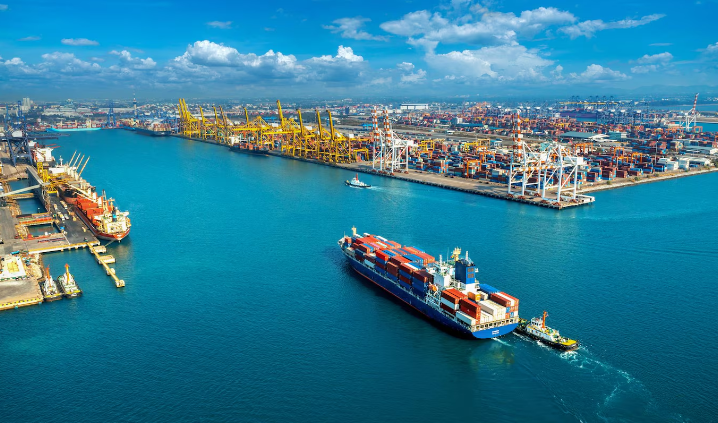
- Inventory Management: Accurate first-mile processes help maintain optimal stock levels.
- Order Accuracy: Proper handling reduces errors in order fulfillment.
- Speed to Market: Efficient first-mile logistics enable faster delivery times, meeting customer expectations.
In essence, the first mile sets the pace for the entire ecommerce fulfillment process.
4. Challenges of First Mile Delivery in Supply Chain Management
First mile delivery, the initial phase of the supply chain, is critical in setting the tone for subsequent logistics operations. However, it presents several challenges that can impact efficiency, cost, and customer satisfaction. Understanding these challenges is essential for businesses aiming to optimize their supply chain management.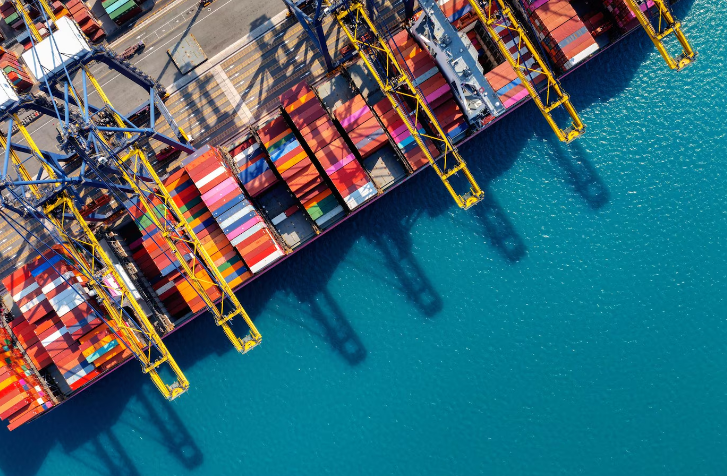
Inadequate Packaging and Labeling
Improper packaging can lead to product damage during transit, while inaccurate or unreadable labels can cause misrouting or delivery failures. These issues not only increase operational costs but also affect customer satisfaction. Implementing standardized packaging protocols and automated labeling systems can mitigate these risks.Inconsistent Warehouse Receiving Processes
Variations in warehouse receiving procedures can result in inventory discrepancies and delays. For instance, if suppliers use different labeling systems than warehouses, it can complicate inventory tracking and reorder processes. Adopting uniform receiving protocols and utilizing technologies like barcoding or RFID can enhance accuracy and efficiency.Inefficient Pickup Scheduling and Transportation
Poor coordination in pickup scheduling and transportation can lead to delays and increased costs. Factors such as traffic congestion, last-minute order changes, and limited carrier availability exacerbate these issues. Leveraging route optimization tools and real-time tracking systems can improve scheduling and reduce transit times.Lack of Visibility and Real-Time Tracking
Limited visibility into first mile operations hampers the ability to monitor shipments, predict delays, and make informed decisions. This opacity can lead to inventory shortages and customer dissatisfaction. Integrating advanced tracking technologies and centralized data systems enhances transparency and responsiveness.Disconnected Data Systems
Fragmented data across different platforms and stakeholders impedes seamless communication and decision-making. This disconnection can result in errors, redundancies, and inefficiencies. Implementing integrated supply chain management systems ensures data consistency and facilitates real-time collaboration.Communication Gaps with Suppliers
Unclear communication protocols with suppliers can lead to misunderstandings, delays, and quality issues. Establishing standardized communication channels and regular updates fosters better coordination and alignment of expectations.Manual Processes and Limited Automation
Reliance on manual processes increases the likelihood of errors and slows down operations. Tasks such as order entry, inventory updates, and shipment tracking are prone to human error. Adopting automation in these areas enhances accuracy, speed, and scalability.Regulatory Compliance and Documentation
Navigating regulatory requirements and ensuring proper documentation can be complex, especially in international logistics. Non-compliance can lead to fines, delays, and reputational damage. Staying updated on regulations and employing compliance management tools are vital for smooth operations.Environmental Concerns
First mile logistics contribute to environmental impacts through fuel consumption and emissions. Implementing eco-friendly practices, such as optimizing routes and using sustainable packaging, can reduce the carbon footprint and align with corporate social responsibility goals.5. First Mile vs. Last Mile Delivery
In the logistics and supply chain realm, first mile and last mile deliveries represent two critical, yet distinct, phases of the product journey. Understanding their differences is essential for businesses aiming to optimize operations and enhance customer satisfaction.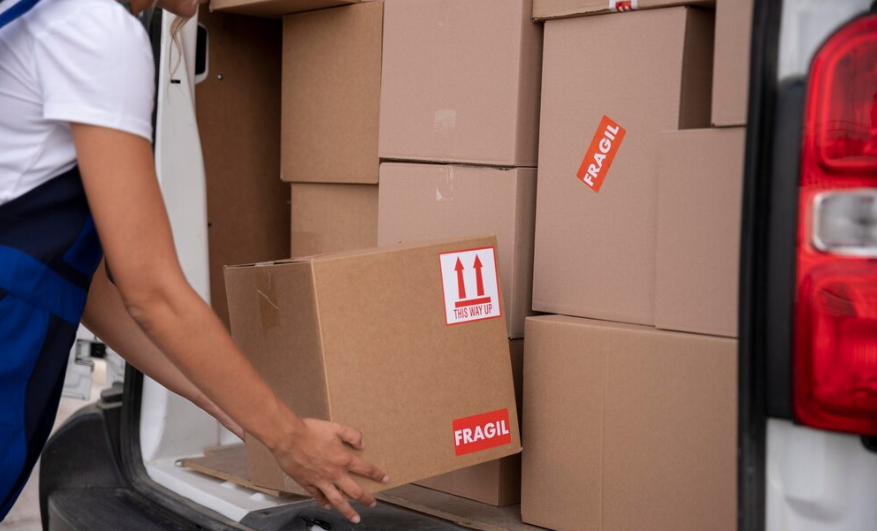
First Mile Delivery: The Starting Point
First mile delivery refers to the initial stage where goods are transported from the point of origin—such as a manufacturer, supplier, or retailer's warehouse—to a central hub or distribution center.Key Characteristics:
- Bulk Shipments: Typically involves large quantities of goods moved in bulk.
- Business-to-Business (B2B): Primarily concerns B2B transactions, setting the foundation for subsequent delivery stages.
- Operational Focus: Emphasizes efficiency in packaging, labeling, and transportation to ensure timely movement to distribution centers.
- Visibility: Less visible to end consumers but crucial for maintaining the integrity of the supply chain.
Last Mile Delivery: The Final Stretch
Last mile delivery is the concluding phase where goods are transported from a distribution center or hub directly to the end customer's location.Key Characteristics:
- Individual Shipments: Deals with delivering individual packages to diverse customer locations.
- Business-to-Consumer (B2C): Focuses on B2C transactions, directly impacting customer satisfaction.
- Operational Focus: Prioritizes speed, accuracy, and real-time tracking to meet customer expectations.
- Visibility: Highly visible to consumers, making it a critical touchpoint for customer experience.
Comparative Overview
Aspect |
First Mile Delivery | Last Mile Delivery |
|---|---|---|
Stage |
Initial phase of the supply chain | Final phase of the supply chain |
Shipment Size |
Bulk shipments | Individual packages |
| Transaction Type | Business-to-Business (B2B) |
Business-to-Consumer (B2C) |
| Operational Focus | Efficiency in bulk handling and transportation | Speed, accuracy, and customer satisfaction |
Visibility |
Low visibility to end consumers | High visibility; directly impacts customer experience |
Challenges |
Coordination with suppliers, packaging, labeling | Traffic congestion, delivery time windows, failed deliveries |
6. How to Find Reliable First Mile Delivery Providers?
Selecting a dependable first mile delivery provider is crucial for maintaining an efficient supply chain and ensuring customer satisfaction. The first mile sets the tone for the entire delivery process, and any inefficiencies here can ripple through to the final delivery stages. Here are key considerations and steps to help you identify and partner with a reliable first mile delivery provider: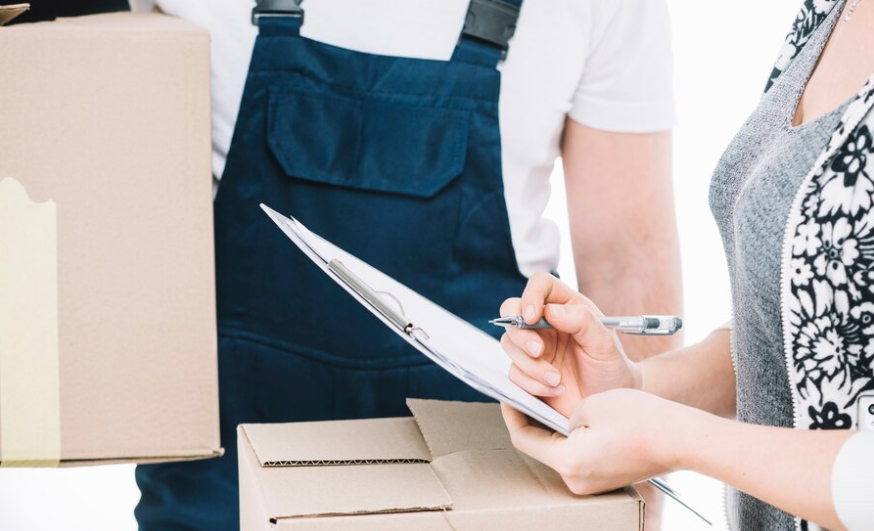
Assess Technological Capabilities
A modern first mile delivery provider should leverage advanced technology to enhance efficiency and transparency. Look for providers that offer:- Real-Time Tracking: Allows you to monitor shipments and address issues promptly.
- Automated Dispatching: Ensures optimal routing and timely pickups.
- Integration with Your Systems: Seamless integration with your existing Order Management Systems (OMS), Warehouse Management Systems (WMS), or Enterprise Resource Planning (ERP) systems facilitates smooth operations.
For instance, GoShare offers a platform that connects businesses with local delivery professionals, providing real-time tracking and integration capabilities.
Evaluate Network Reach and Flexibility
The provider's network coverage is vital, especially if your operations span multiple regions or countries. Consider:- Geographical Coverage: Ensure the provider can handle pickups and deliveries in all your operational areas.
- Fleet Diversity: A diverse fleet (vans, trucks, etc.) allows for handling various shipment sizes and types.
- Scalability: The ability to scale services up or down based on demand fluctuations.
Providers like Roadie utilize a crowdsourced delivery model, offering flexibility and extensive coverage across the United States.
Check Experience and Industry Expertise
Experience in handling first mile deliveries, especially within your specific industry, is a significant advantage. An experienced provider will understand the nuances and challenges unique to your sector, whether it's retail, manufacturing, or e-commerce. They should also be adept at handling various shipment types, from bulk goods to sensitive items.Review Service Level Agreements (SLAs) and Performance Metrics
Clear SLAs outline the provider's commitments regarding delivery times, handling procedures, and issue resolution. Evaluate their performance metrics, such as:- On-Time Delivery Rates: High percentages indicate reliability.
- Damage Rates: Low damage rates reflect careful handling.
- Customer Satisfaction Scores: Feedback from other clients can provide insights into their service quality.
Consider Cost-Effectiveness
While cost shouldn't be the sole deciding factor, it's essential to ensure that the provider offers competitive pricing without compromising on service quality. Request detailed quotes and compare them against the services offered. Be wary of hidden fees and ensure transparency in billing.Seek References and Reviews
Gather feedback from other businesses that have used the provider's services. Online reviews, testimonials, and case studies can offer valuable insights into their reliability, responsiveness, and overall performance.Test with a Pilot Program
Before committing to a long-term contract, consider initiating a pilot program. This trial period allows you to assess the provider's capabilities, responsiveness, and compatibility with your operations. Monitor key performance indicators during this phase to make an informed decision.7. Streamline both Fulfillment and First Mile Delivery from China with SendFromChina

- End-to-End Services: From supplier coordination to delivery, they manage the entire process.
- Advanced Technology: Real-time tracking and inventory management systems provide transparency.
- Customized Solutions: Tailored services to meet specific business needs and volumes.
- Compliance Assurance: Expertise in international shipping regulations ensures smooth operations.
Partnering with SendFromChina can enhance efficiency and reliability in your supply chain.
8. Conclusion
First-mile delivery, though often overshadowed by the last mile, is a critical component of the supply chain. Its efficiency influences inventory management, cost control, and overall customer satisfaction. By understanding its importance and addressing associated challenges, businesses can optimize their logistics operations. Collaborating with experienced providers like SendFromChina further streamlines the process, especially when dealing with international sourcing.9. FAQs
Q1: What is first-mile delivery?
A: It's the initial stage of the supply chain, involving the transport of goods from the origin point to a distribution center.Q2: Why is first-mile delivery important?
A: It sets the foundation for the entire delivery process, affecting efficiency, costs, and customer satisfaction.Q3: How does first-mile delivery differ from last-mile delivery?
A: First-mile focuses on bulk shipments from origin to hub; last-mile involves delivering individual orders to end customers.Q4: What challenges are common in first-mile delivery?
A: Challenges include manual processes, lack of visibility, inconsistent packaging, and coordination issues.Q5: How can SendFromChina assist with first-mile delivery?
A: They offer end-to-end logistics solutions, integrating technology and expertise to streamline the first-mile process from China. Post Views:25
Post Views:25
Copyright statement: The copyright of this article belongs to the original author. Please indicate the source for reprinting.
Previous Post
Next Post
What Is WMS? A Comprehensive Guide for Warehouse Management Systems
TAGS
Hot Research
Get a Custom China Fulfillment Solution with FREE Storage for 60 Days
 Want to know about our services, fees or receive a custom quote?
Want to know about our services, fees or receive a custom quote?
 Please fill out the form on the right and we will get back to you within a business day.
Please fill out the form on the right and we will get back to you within a business day.
 The more information you provide, the better our initial response
will be.
The more information you provide, the better our initial response
will be.





 TAGS:
TAGS: